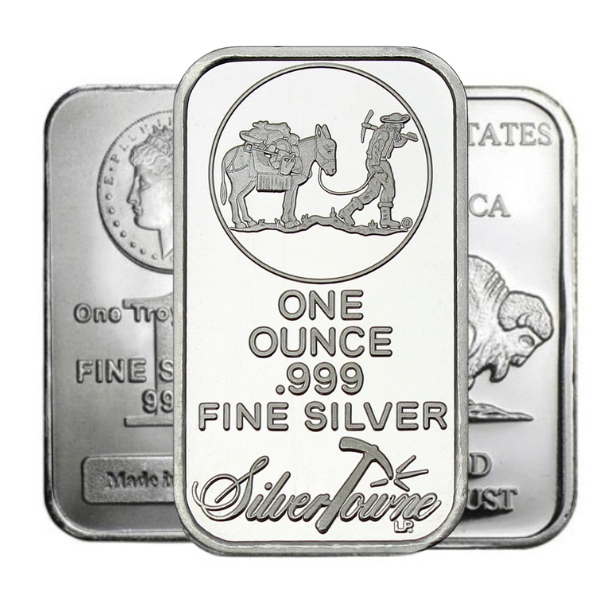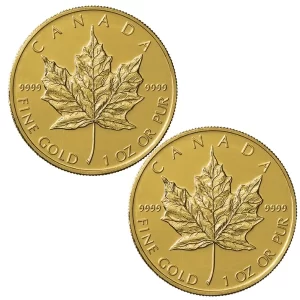In the world of global finance, central banks play a significant role in not just dictating economic stability, but also the precious metals market. By having a good understanding of the role central banks play can give investors major insights into the fluctuations and trends of the precious metals market.
Central Banks and Gold Reserves
Around the world, central banks are the biggest holders of Gold in their foreign exchange reserves. They view Gold as a hedge against inflation and times of economic uncertainty, by having a large holding in Gold they can stay protected and keep it as a reserve asset.
Many investors like to follow the same investment strategies that banks follow, hence why when central banks buy or sell Gold, it can have a major impact on the precious metals market. For example, when central banks increase their Gold reserves, it tends to mean there is a lack of confidence in fiat currencies like the dollar or concerns about economic stability. Conversely, when central banks sell portions of their Gold reserves, it can signal confidence in the economy or fiat currencies. Essentially, after central banks buy Gold, we can notice Gold prices beginning to go up, then once central banks sell their Gold supplies, we can see prices going down.
Policy Decisions Impacting Precious Metals
Another major role that central banks play in the global economic market as well as the precious metals market is setting interest rates. For example, since Gold does not pay out any interest, when interest rates are low the opportunity cost of holding Gold decreases, making it a more attractive asset. Whereas when interest rates are high, we can see investors putting their money into assets that offer higher interest yields, making Gold less appealing than interest-bearing assets.
Market Interventions
During recessionary periods and times of economic crisis, central banks have to come in and take actions in response to these issues. As we have seen during the 2008 financial crisis and also the covid-19 pandemic, central banks were forced to take unprecedented steps to stabilize economies. Some of these steps included slashing interest rates and launching quantitative easing programs. These events in turn resulted in massive increases in precious metals prices.
Making Informed Decisions when Investing
Understanding the precious metals market includes understanding a variety of different factors that can play a role in influencing pricing. By having a good understanding of central banks which are the major players in all economic markets, you can make a better and more informed decision on your next precious metals investment!
 Hi,
Hi,























